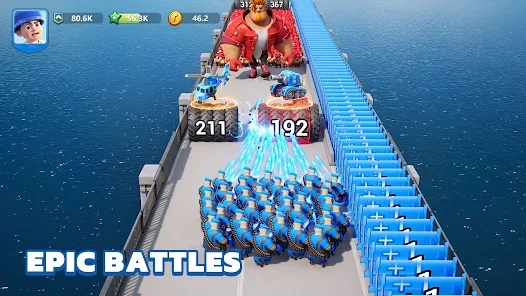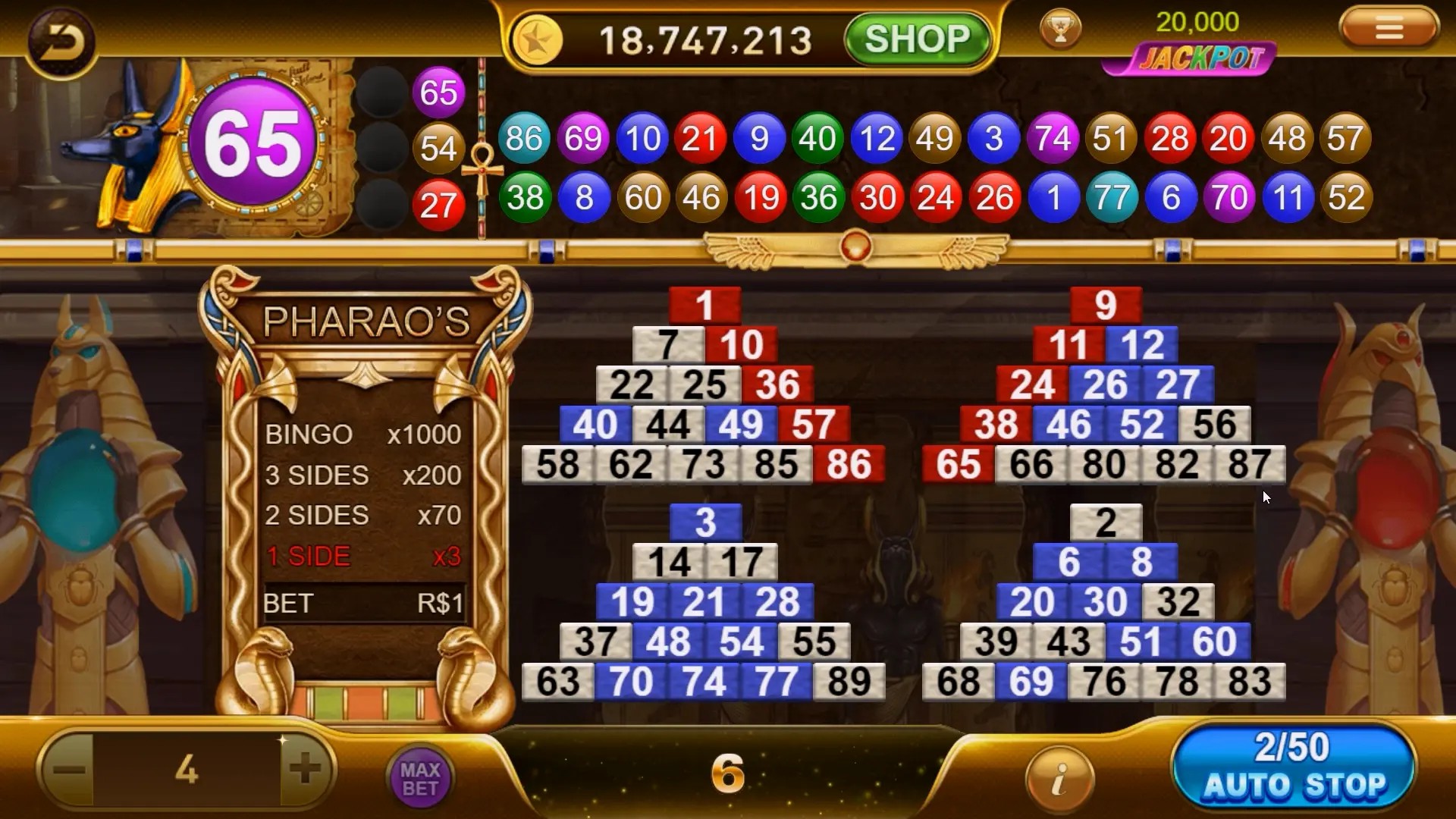The Ultimate Playground of Chaos: Why Sandbox Games Reign Supreme
You ever drop into a world with no rules, just guns, dust, and endless decisions? That’s the raw magic of sandbox games. These aren’t your rigid storylines or on-rails missions. Nah, we’re talking freedom. Total, unforgiving, beautifully messy freedom. The kind where you can raid a military base using a shopping cart as a battering ram — and somehow it works.
In this deep dive, we ain’t just skimming the surface. We're tearing through the chaos, hunting the grittiest shooting games wrapped in open-world insanity. Whether you’re blasting through post-apocalyptic cities or sniping AI from the edge of a volcano, one truth stands: sandbox mechanics elevate shooting games into something more... alive. Like, you're not just playing — you're surviving.
What Makes a Game “Sandbox" Anyway?
Hold up — what does “sandbox" really mean? It ain't just "big map" or "side quests". Real sandbox games give players full reign to alter their path, tools, and even outcomes. You could complete a mission by stealth. Or you could bring a tank and flatten everything. The world reacts, but it doesn’t force your hand.
Key hallmarks of true sandbox design:
- Player-driven exploration without map gates
- Freedom in problem-solving approaches
- Emergent gameplay through system interactions
- Dynamic AI and world simulation
- Mechanics that persist and compound over time
If a game feels too choreographed, it probably ain’t sandbox. But if you can jack a helicopter, land it on a moving train, and then rappel into a vault mid-heist — congratulations. You're in sandbox heaven.
Battlefield Reborn: The Rise of Player-Created Tactics
Guns? Yeah. Explosions? You better believe it. But modern shooting games aren’t just about aim. They’re about improvisation. The best ones force you to think like a tactician with a loose screw. Take Mirror Conflict, a cult favorite in Sweden. Players report instances where snowslides accidentally buried an enemy base. They just started building a fort, triggered an avalanche, and wiped out a full squad. No bug — just systems talking to each other.
This kind of chaos? Only possible in a living sandbox world. Physics engines that interact, environmental dangers that aren't just visual candy. These games make you feel small, smart, and dangerously unpredictable all at once.
Fallout 76: Not Everyone's Cup of Tea, But It’s Open
Let's address the elephant in the room. Yeah, Fallout 76 launched with all the grace of a nuke dropped on its own server. Bugs? Crashed matches? Players trading EA Sports FC cover cards for caps like it was a post-apocalyptic eBay.
But hear me out — over the years, it’s evolved. Fast travel was gutted. Power armor has weight now. If you want gear, you work. You scavenge. You betray your ally for a working laser rifle (I won't judge). Is it the tightest shooter? No. But as a sandbox with guns? Hell yes. The map’s huge, full of secrets even after three playthroughs. One player swore he saw a glowing deer that turned invisible when he got close. No proof. Just myth — and that’s the point.
The game breathes now. Feels unstable, dangerous. And in 2025, that counts as a win.
Far Cry: When Nature’s the Real Enemy
Pick a year. Any year in the last 15. Chances are Ubisoft dropped another Far Cry where you storm a compound with a homemade flamethrower. Look, these games know exactly what they are: shooting playgrounds dipped in chaos and charisma. Villains chew scenery like expired beef jerky, yes — but the environments? Massive. Brutal. Alive.
The series mastered layered sandbox design. Hostiles patrol realistically. Wildlife doesn't spawn on cue. One moment you're sniping bandits, next a panther drags your kill away mid-reload. Oh, and did I mention explosive squirrels? OK that was one game, but still. Nature’s wild here. So are you, eventually.
It might be predictable in structure, but damn if it ain’t fun to go full madman in the jungle.
Hogwarts Legacy – Not a Shooter, But a Magic-Fueled Sandbox?
Wait, hold on — what? No guns? That’s fair. But Hogwarts Legacy sneaks into this list because it nails the sandbox soul. Open terrain, spell combos, exploration driven by curiosity. It's also one of the top switch rpg games right now — especially in Scandinavia, where wand-wielding teens raid hidden tombs during midnight raids.
Combat here mimics shooters with precision. Timed dodges, spell charging, enemy weak points. Yeah, you're tossing fireballs instead of 5.56mm rounds, but the engagement? It's eerily similar. Fast. Responsive. Tactical.
Sure, it’s missing traditional shooting, but if we’re talking about chaotic, reactive open worlds where magic fills the same role as an M4 — this game qualifies in spirit.
Redfall: Love It or Leave It, but It’s Open World Chaos
Looted vampires in a cursed town. Guns that jam if you’re in the sunlight wrong. Yep, Redfall is... complicated. Developed by Arkane, the geniuses behind Prey and DOOM, but somehow, it felt rushed. No matchmaking post-launch. AI brain farts. Crayon-level narrative.
But again — stick with me — underneath the mess is a sandbox that *works*. Open streets, abandoned hospitals, vampire lairs tucked under sewers. You pick your powers. You stack weapons. You choose who to save — or if you even care.
The game lets players mod routes and spawn events locally now, thanks to recent fan tools. One mod swaps all NPCs with Trogdor, the Burninator. Of course it does. But people play it anyway — not in spite of the flaws, but because what’s *left* is weirdly compelling. Like a punk-rock zombie shooter with a broken stereo.
The Overlooked Gem: Sons of the Forest
Sequel to The Forest, yes, but this is next-level. A true hybrid: part horror survival, part gunfighting playground. Crashed on an island. Hostile cannibals. A massive, interconnected world filled with ruins, caves, and radio beacons humming with distortion. The AI learns. Seriously. If you use the same tactics too often, enemies change behavior. Set up a sniper nest? They flank. Use traps? They start checking the ground before stepping.
Guns here feel heavy. Ammo matters. A single magazine could be your legacy if you’re not careful. But when the horde breaks through your barricades at 3 a.m., and you're down to a machete and adrenaline? That's not scripted. That's *you*, living in a world with no safety net.
How Sandbox Design is Quietly Changing RPGs on Switch
If you're hunting for open-ended chaos on a switch rpg games budget, look no further than indie entries like Dynasty of Thieves or Scar of the Lotus. These fly under the radar but offer surprising freedom. Not AAA polish, but emergent gameplay loops you can't predict.
One lets you bribe town guards with enchanted chicken. Another has an economy driven by stolen laundry. The shooters aren't military sims here — but projectile mechanics, dodging, timing? All there. And when systems collide? Magic.
The switch may not run the beefiest sandboxes, but clever design means even low-poly worlds feel dense, layered, and deeply personal.
Bullet Chart: Top 5 Sandbox Shooter Hybrids (2025)
| Game Title | Sandbox Strength | Gunplay Rating | Replayability | Switch Compatible |
|---|---|---|---|---|
| Far Cry 6 | 9/10 | 7.5/10 | 8/10 | No |
| Hogwarts Legacy | 8/10 | 6.5/10 (Spell Focus) | 9/10 | Yes |
| Fallout 76 | 8.5/10 | 8/10 | 9.5/10 | No |
| Sons of the Forest | 9.5/10 | 8.5/10 | 10/10 | No |
| Redfall | 7/10 | 8/10 | 6.5/10 | No |
The Psychology Behind the Chaos
Why do we love the messiness of sandbox shooters? Control. Not over the world — over ourselves. When systems respond unpredictably, we feel more agency. If you escape a deathtrap using a frying pan and a stolen go-kart, that win feels yours, not the script’s.
These games also feed the "what if?" instinct. What if I lure enemies into quicksand? Or What if I shoot the dam to flood the base? Curiosity becomes survival. That’s powerful. It’s why these games stick. Why fans stream 200-hour playthroughs with zero plot progression.
Key Takeaways for Swedish Gamers (You Know Who You Are)
Alright. Recap time.
Essential elements in great sandbox shooting games:
- Freedom in approach – Go loud or go silent. Your call.
- Persistent worlds – Actions matter. Bullets leave holes. Factions remember betrayals.
- Environmental depth – Not just pretty hills. Terrain that can kill you. Or save you.
- Emergence > Scripting – Moments made, not placed.
- Weirdness is welcome – Talking ravens. Cursed grenades. Whatever. Just keep it surprising.
Final Word: It’s Not About Perfection – It’s About Pulse
You don’t need every gun balanced. You don’t need flawless AI. You just need a world that *feels real* when you’re inside it. Where mistakes matter. Where improvisation is rewarded. Where every bullet leaves a trace.
Fallout 76? Patchy. Redfall? Rough around the edges. But both? Breathing experiments in chaotic freedom.
And if you're in Sweden, bundled up in winter, switching from FIFA matches (yes, that EA Sports FC cover drama was wild) to blowing up vampire dens with homemade molotovs — you already know what feels right.
The best sandbox shooters aren’t polished. They’re alive. Messy. Unpredictable. They don’t tell you what to do. They just hand you a gun, open the world… and say: go make something unforgettable.
So pick a game. Jump in. Break the plan. Be stupid. Be brilliant. Just be real in there. That’s the only victory you need.
Cool out, reload your mag, and remember: freedom’s not quiet. It’s loud. It echoes.
And it shoots back.



